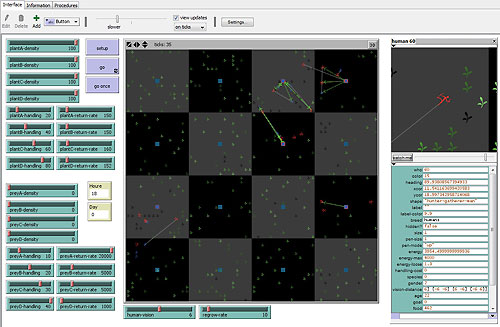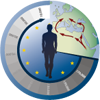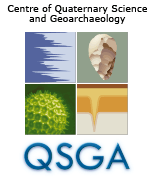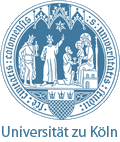When analysing the issue of hunter-gatherer mobility, we try to base explanations on observable patterns of human adaptation to the natural environment, often with an emphasis on resource distribution.
However, material remains documenting mobility are very limited and potential social and cultural factors affecting mobility are difficult to reconstruct. At this point we may ask: Is there something to be learned about the social and cultural features of hunter-gatherer mobility by looking at artificial societies?
This question is currently an important issue within the E3 project, in which Martin Solich, as a social anthropologist, applies the agent-based modelling approach to simulate probable effects of social and cultural norms on hunter-gatherer mobility. Environmental factors are therefore combined with different norm-sets structuring mobility behaviour in a frame of a simplified artificial hunter-gatherer society.
The structure of this artificial society and the norm-sets are derived from ethnographic data of contemporary hunter-gatherers. Finally, the resulting diverse scenarios are run repeatedly and compared with simulation runs of models that do not integrate a social and cultural dimension. The aim of this approach is to gain a better understanding of the potential and the limits of environmental models describing hunter-gatherer mobility.
 Simulating mobility patterns of an artificial hunter-gatherer group in NetLogo 4.1. |















